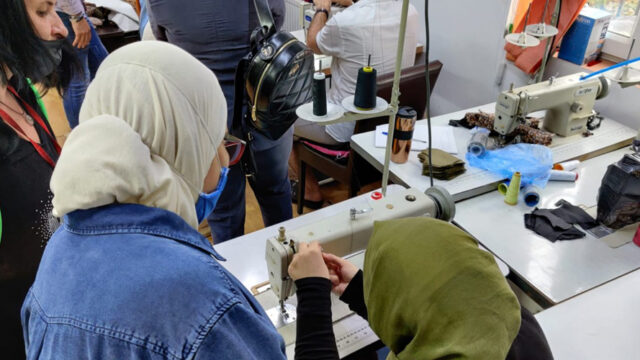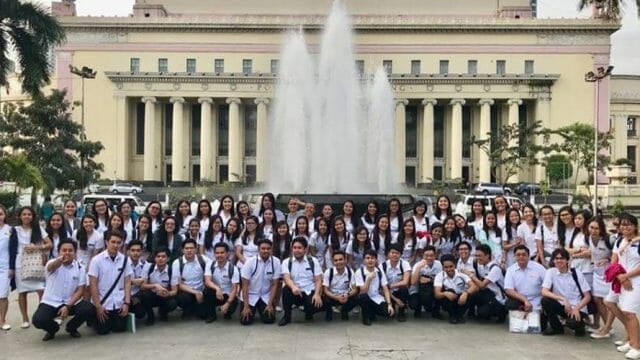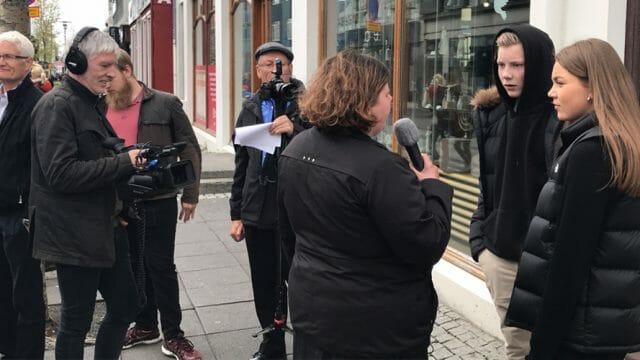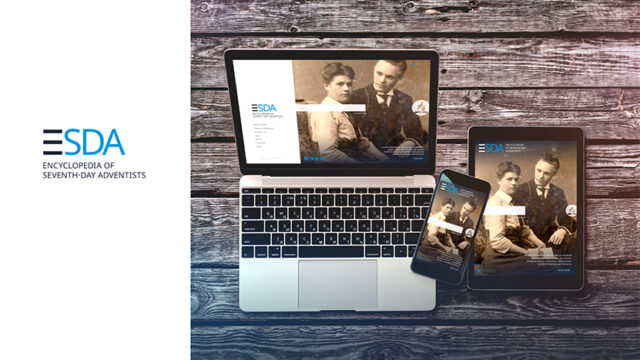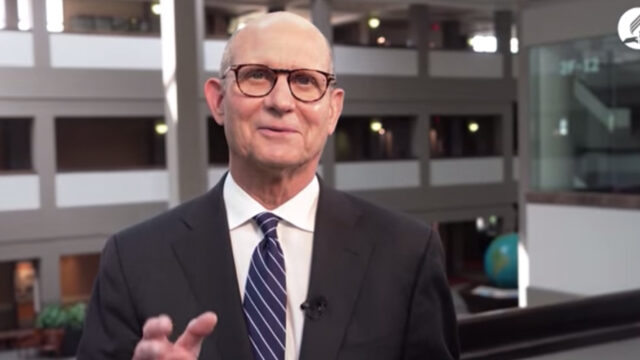In U.S. county, initiative is set to make a difference among historically at-risk population.
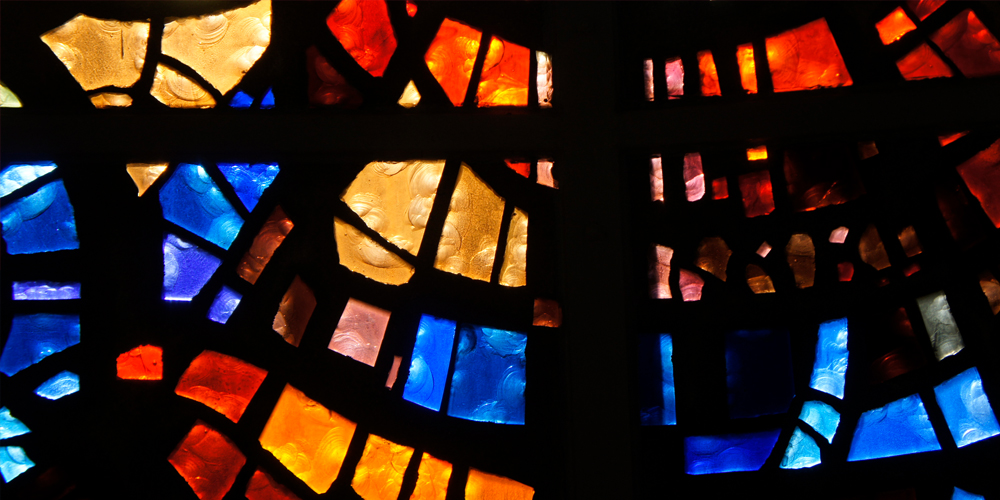
Incorporating Black churches and clergy in COVID-19 vaccination education and distribution has been found to be an effective model in increasing vaccination delivery to histori latio cally at-risk popuns in San Bernardino County, California, United States, a study says.
Focused education efforts and an on-site mobile clinic in Black church parking lots resulted in the vaccinations of 417 people, 84 percent of whom were Black. The study also found an increase in Black attendance of mass vaccination clinics to 3.6 percent of total patients, up from 3 percent, in the week post-initiative.
Researchers at Loma Linda University School of Pharmacy published their findings on March 10, 2021, in The Lancet Global Health, highlighting their model that sought to ensure equitable distribution of vaccines among a diverse population. The study, “A three-tiered approach to address barriers to COVID-19 vaccine delivery in the Black community,” illustrates a method of partnership among Black faith leaders, public health officials, and Black medical professionals that has led to more COVID-19 vaccinations in the Black community.
The initiative was developed in the wake of decades of the Black community’s “institutional distrust, inadequate access to health care, and ultimately, the absence of transparency in vaccine allocation to heavily disparaged areas,” which have left them at a disadvantage, researchers said.
“The USA is considered a highly religious nation, and prayer, as well as the promotion of medical treatment by religious leaders, has been shown to be very important in establishing trust in health care by Black people,” said Jacinda Abdul-Mutakabbir, assistant professor at Loma Linda University School of Pharmacy and first author of the paper. “The Black pastors’ leadership was integral to the success of this initiative, as they are well acquainted and had established direct communication with individuals in the Black community.”
Various barriers to vaccination disproportionately affect Black communities, such as access to the internet and computers and lack of transportation, Abdul-Mutakabbir said. “In the USA, particularly in California, the delivery of COVID-19 vaccinations to Black individuals continues to lag significantly behind that of their non-Hispanic white counterparts,” according to the U.S. Centers for Disease Control and Prevention (CDC), and COVID-19 death rates among Black, Hispanic, and Native Americans are three times higher than the rate of white Americans.
Public health officials joined researchers in mobilizing their efforts around Loma Linda University Health’s mass vaccination clinics, which is the largest vaccination effort for residents of San Bernardino County. Three major sites deliver approximately 2,000 vaccines a day. Like other nationwide vaccination efforts, the sites in Loma Linda are located in a suburban area, appointments are made online, and vaccines are available to individuals free of charge. Public health officials lamented the low percentage of Black individuals coming through the clinics.
“A more proactive approach was clearly required,” Abdul-Mutakabbir said.
Researchers developed relationships with two organizations dedicated to confronting prominent issues in the Black community, Inland Empire Concerned African American Churches (IECAAC) and Congregations Organized for Prophetic Engagement (COPE), to assist Loma Linda University in organizing a COVID-19 faith summit — a comprehensive COVID-19 information session to gain the pastors’ support of the available vaccines.
After the summit, pastors advertised and coordinated educational webinars about the COVID-19 vaccinations, distributed registration paperwork designed to ensure internet access was not a barrier, and managed appointment lists for their community members before attending the vaccination clinic.
Recognizing the need for intended education measures to decrease COVID-19 vaccine hesitancy, Abdul-Mutakabbir, a Black pharmacist with specialized infectious disease training, provided several COVID-19 vaccination webinars before the mobile vaccination clinic date.
Abdul-Mutakabbir also managed the vaccines’ transportation to the clinic and ensured that each vaccine was adequately drawn from the vials before administering to individuals during the clinic visits. These efforts resulted in establishing a trusting environment of familiarity among Black faith leaders and community members.
“The equitable allocation of the COVID-19 vaccines is essential to confronting the racial disparities magnified by the current pandemic,” Abdul-Mutakabbir said. “We hope to continue our efforts using the power of faith and science to keep these vulnerable populations healthy and protected from the virus.”
The original version of this story was posted on the Loma Linda University Health news site.


